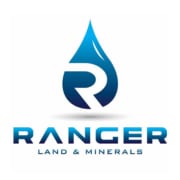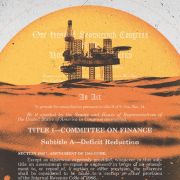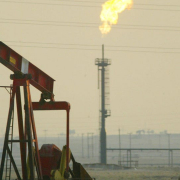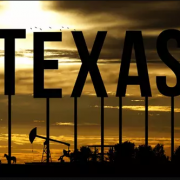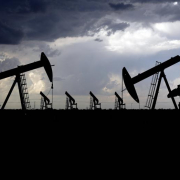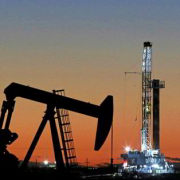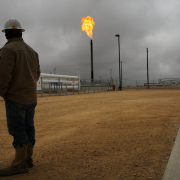Oil prices climbed on Monday, despite weaker demand expectations, as concerns about oil supply heading into winter mount. Brent crude futures settled at $94.00 a barrel, up $1.16, or 1.3%. U.S. West Texas Intermediate crude settled at $87.78, up 99 cents, or 1.1%.
The latest data from the US Department of Energy shows that US emergency oil stocks have fallen to their lowest level since October 1984, down 8.4 million barrels to 434.1 million barrels in the week ended Sept. 9.
U.S. President Joe Biden has announced a plan to release 1 million barrels per day from the Strategic Petroleum Reserve over six months to help address high fuel prices in the country, which have contributed to rising inflation.
The Biden administration is assessing the need for additional Strategic Petroleum Reserve (SPR) releases after the current program expires in October, Energy Secretary Jennifer Granholm told Reuters last week. Global oil supply will tighten further when a European Union embargo on Russian oil takes effect on December 5.
The G7 nations have agreed to implement a price ceiling on Russian oil exports in order to limit the country’s revenue from oil sales, as part of punitive measures against Moscow for the latter’s invasion of Ukraine. To ensure that oil supplies to emerging nations will not undergo disruption, the G7 has also agreed to take measures to ensure the continued flow of oil.
Click here to read the full article
Source: Reuters
If you have further questions about the topic related to oil supply, feel free to contact us here.


